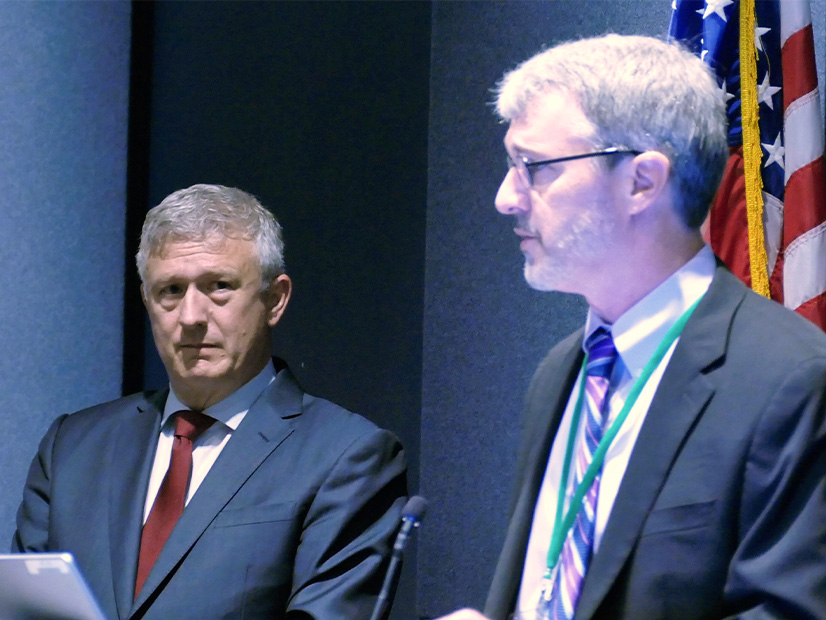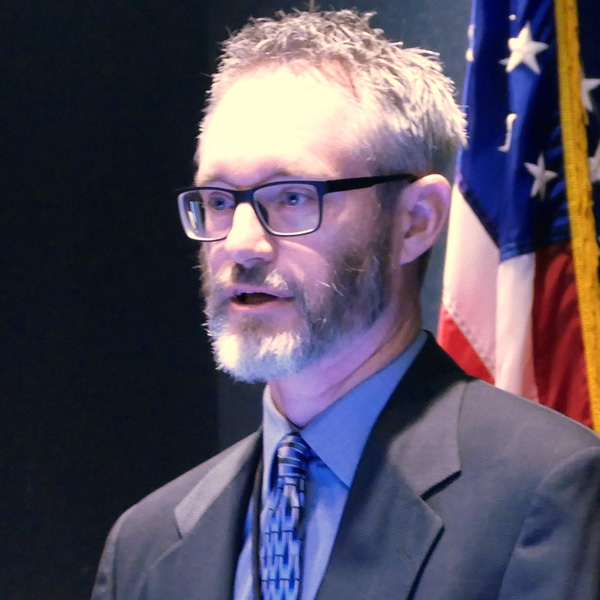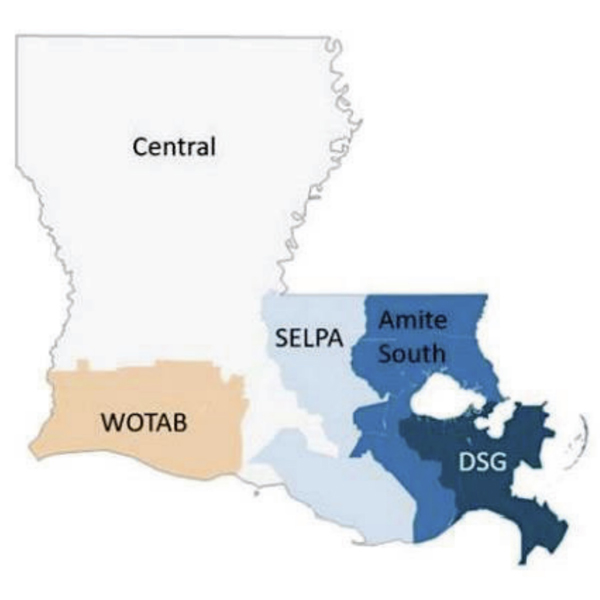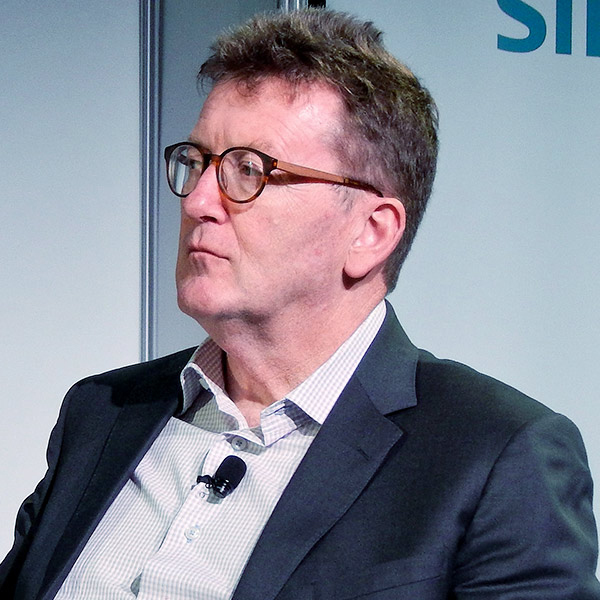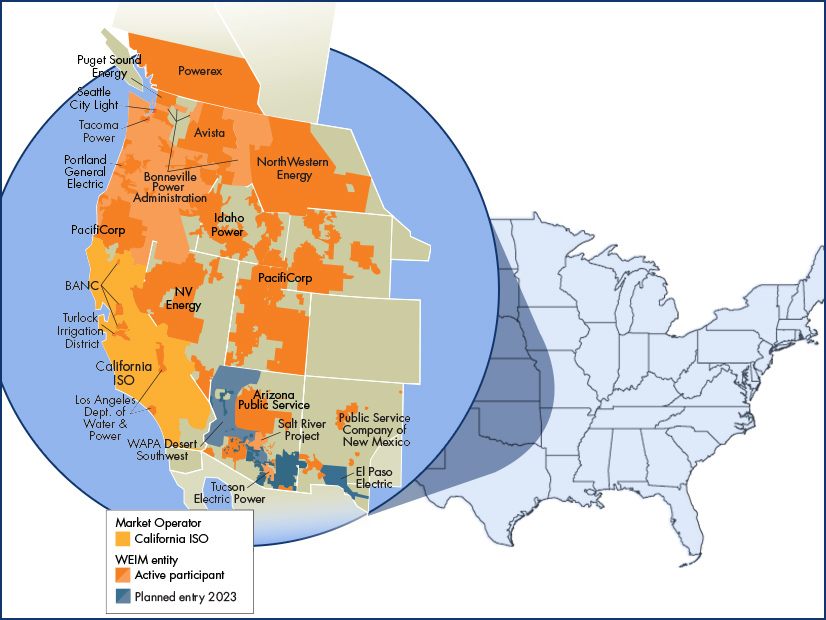New Jersey’s solar sector will need to significantly ramp up the pace of installations to reach the state’s goal of 12.2 GW by 2030, even after a growth spurt in the first half of 2022 that helped the state reach an installed capacity of 4 GW.
The New Jersey Board of Public Utilities (BPU) said it expects to reach the goal by nearly doubling the annual installation capacity to about 750 MW though 2027. That will be achieved through the implementation of a permanent community solar program, replacing the current pilot, and the launch of a new program approved by the board last year to support the development of grid-scale solar projects, spokesman Peter Peretzman said.
The state’s ambitious solar goals, set out in Gov. Phil Murphy’s Energy Master Plan, call for New Jersey to install 5.2 GW of capacity by 2025, add another 7 GW by 2030 and reach 17.2 GW by 2035.
Data released by the BPU last month showed that the state added 195.2 MW of capacity in the first six months of the year. If it continues to add capacity at that pace through 2022, the state would add 390.4 MW in total, the highest amount in a year since 2019, when it added 453 MW.
The acceleration in installation follows a dramatic increase in the state’s solar project queue: from 523 MW in January 2021 to 1.6 GW a year later. BPU officials said in March that they expect the elevated capacity to be converted into strong installation figures this year. (See NJ Solar Pipeline Surges While Installations Drop.)
In a statement released last month to mark the state’s achievement of 4.03 GW, BPU President Joseph Fiordaliso called it a “significant milestone” in the sector’s development.
“New Jersey has been a leader in solar, and our solar initiatives are a key part of our clean energy future,” he said. The release predicted that the state’s solar capacity would “double in the next four years.”
Yet the figures also highlight how much the state will have to do to reach its goals. At an annual increase of 390.4 MW of new capacity, the state would surpass the 2025 goal but fall far short of the 2030 goal, reaching only about 7.5 GW. And even if the state does install 750 MW/year, as the BPU hopes, the sector would fall short of both targets.
The BPU said the fourth quarter of the year is usually a strong one, so the annual installation total for 2022 may be slightly higher than an estimate based on present figures. Yet much of the capacity needed to reach 750 MW will come from new programs, according to agency calculations, coupled with what Peretzman called “an extremely strong 2022.”
“This strong performance from the residential and smaller [commercial and industrial] sectors is expected to continue,” he said in an email. He added that the installation pace would especially pick up once the “federal incentives under the Inflation Reduction Act kick in.” (See Biden Signs Inflation Reduction Act.)
Scott Elias, senior manager of Mid-Atlantic state affairs for the Solar Energy Industries Association (SEIA), said it is “amazing” that New Jersey has reached 4 GW but said that it has nevertheless lost ground in recent years compared to other states.
That decline was demonstrated in the Solar Market Insight Report, compiled by SEIA and Wood Mackenzie and released earlier this year, which showed New Jersey falling significantly in national rankings based on megawatts installed per year. In 2019, the state took the No. 9 spot but dropped to 12 in 2020 and 20 in 2021.
“We don’t yet know the results for 2022,” Elias said in an email. “But that trend appears likely to continue. New Jersey needs to increase annual installation rates, not decrease them, or it will risk falling short of Gov. Murphy’s Energy Master Plan.”
New Program Capacity
The aim of the permanent community solar program, which the BPU expects to be in place next year, is to install 150 MW of capacity a year, though it could take a while to see those projects in action.
The BPU has awarded 150 projects totaling 240 MW in the two phases of the pilot program. But three years after the first batch was approved, the state has only installed 17 projects totaling 35.6 MW (as of the end of June).
The board earlier this month celebrated the completion of the first project in the second phase, a 500-kW installation covering the six roofs of a storage facility in Neptune Township. But solar projects across the nation have struggled with supply chain issues in the aftermath of the COVID-19 pandemic, and developers say getting municipal approvals has sometimes been slow in New Jersey. (See NJ Celebrates Completion of First Phase 2 Community Solar Project.)
The BPU hopes that a sizable chunk of future installed capacity, about 300 MW, will come from the Competitive Solar Incentive (CSI) program, which it approved in July 2021 as part of a two-pronged reshaping of the Successor Solar Incentive Program (SuSI). Under CSI, developers of solar projects above 5 MW would participate in a competitive bid to set the level of payment they would receive for solar renewable energy credits (SRECs) for their projects. Both behind-the-meter and grid-tied projects above 5 MW could participate, and the BPU would rank the bids and award the incentives to the lowest bidder. (See NJ Hearing Debates 300 MW Competitive Solar Solicitation.)
Although the BPU has approved the program, the rules have yet to be put in place, and no auctions have taken place. The board expects to launch it in the last quarter of 2022. (See Proposed NJ Solar REC Program Wins Initial Support.)
“The CSI program is scheduled to procure 300 MW of solar as part of one large competitive solicitation,” Peretzman said. “In other words, this single auction, scheduled to launch later this year, will procure almost as much new solar as all of the board’s other programs combined. These larger projects have longer development timelines, so this capacity is expected to come online over the next few years.”
He said the board also expects to see installation growth from the second element of the SuSI program, known as the Administratively Determined Incentive (ADI) program. Under this program, the BPU sets the incentive levels for net-metered residential projects, net-metered nonresidential solar projects of 5 MW or less, and community solar projects.
The incentive levels — ranging from $70 to $100, depending on the type of project — are lower than in the past. But BPU officials said that after years of the state nurturing the sector, there is enough demand for the state to stimulate new projects at the recast incentive level.
That program should also eventually generate 300 MW of installation year, adding to the existing increase in the state’s installation performance, Peretzman said.
